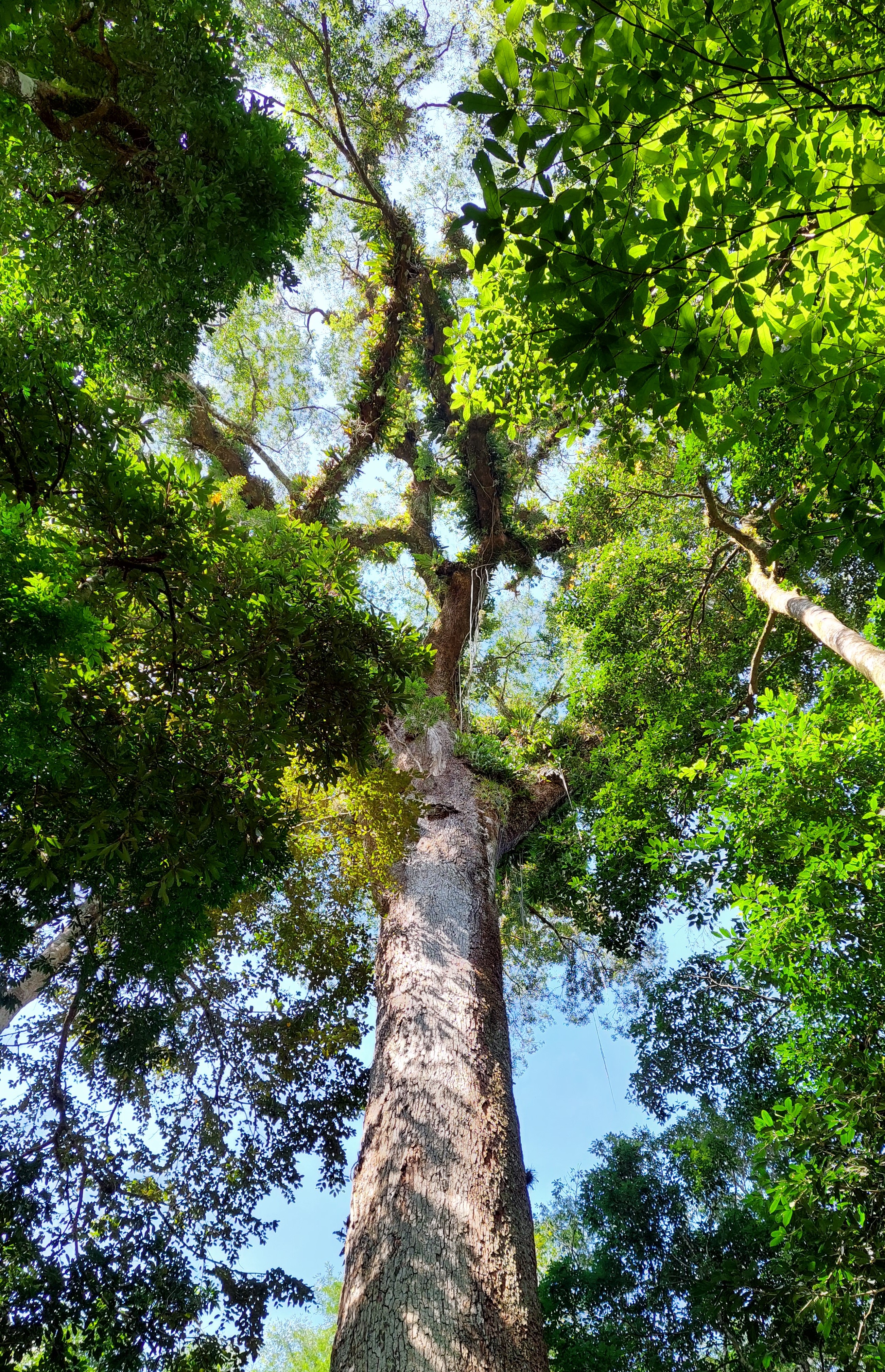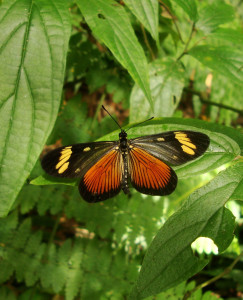
PHMA: Understanding the determinants of species diversity and
endemism patterns in a shrinking biodiversity hotspot: the Atlantic Forest.
In the PHMA project, we use genome-wide polymorphisms and long-term monitoring data of Lepidoptera (moths and butterflies) in the Brazilian Atlantic Forest hotspot to study processes at the phylogenetic (above species level) and ecological (current biodiversity patterns) scales.
Main goals
Our project is exploring three aspects of the butterflies from the Atlantic Forest:

Current richness and endemism patterns

Diversification across latitude and elevations

Genomic divergence among parapatric species along elevational gradients
The Atlantic Forest

The Atlantic Forest (AF) extends along wide latitudinal (~7° to 28°S) and altitudinal gradients (sea level to ~2,900 m) across the eastern coast of South America. The landscape physiognomies support a diversified mosaic of habitats and vegetation types, including low to high elevation rain forests and interior semideciduous forests.
The origin of modern AF forests is unclear, but periodic connections with the Amazonian rainforest have been hypothesized for most of the Neogene (~5–23 Mya). Most extant species diversity in the AF have likely originated during the past 2.6 Mya, and popular hypotheses explaining its high endemism include paleorefugia and allopatric barriers caused by geography and rivers. The AF is known as ‘hottest and shrinking hotspot’ because its high levels of biodiversity and endemism are severely threatened by century-old intense human activity, global warming, and the rapid spread of invasive species. Due to geographical, evolutionary, and anthropogenic factors, the large and unique extant species and genetic diversity in the AF are not evenly distributed at present.
Understanding current biodiversity patterns and planning efficient conservation measures, thus, requires a historical and evolutionary context to fully capture the process of species and endemism accumulation over time and space. The decreasing costs and increasing quality of high-throughput sequencing approaches together with long-term monitoring of organisms in the AF, make the study of past and present drivers of extant species distributions timely and feasible within the scope of a single research program.
Butterflies and moths
Lepidoptera is the largest order of phytophagous insects comprising ~160,000 described species. Moths and butterflies are key players in community networks by providing food biomass to predators, by regulating plant biomass as herbivorous, and by providing pollination services.
In PHMA, we will focus on the butterfly family Nymphalidae and the moth subfamily Arctiinae. In the AF, Nymphalidae diversity comprises 461 described species, out of which 204 are endemic, and Arctiinae shows a large radiation of ~5,000 described species in the Neotropics. Their astonishing diversity can give us some clues of AF species evolution.

